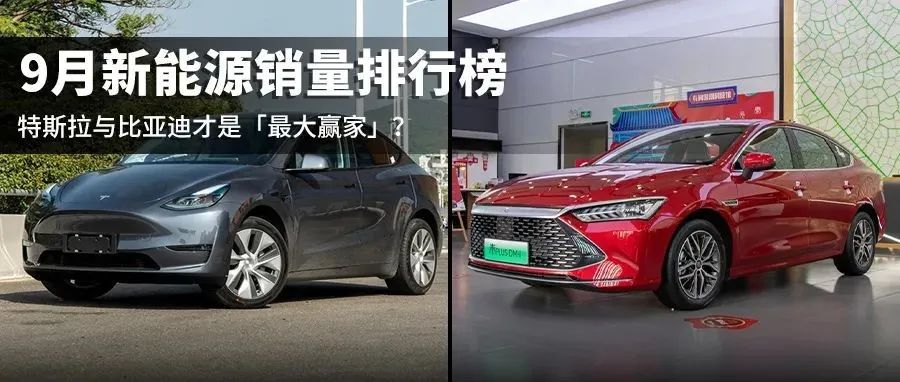New Energy Vehicle Sales Rankings and Report
On October 13th, the China Association of Automobile Manufacturers (CAAM) released the rankings for new energy vehicle sales in September. Based on the data, both traditional and emerging automakers had varying degrees of growth in sales. As the market for new energy vehicles becomes increasingly fierce, competition is expected to intensify.
Those who have been following the sales of new energy vehicles this year are aware that there has been explosive growth. This market has become uniquely characterized by a number of factors, including: Tesla’s sales have had significant ups and downs; the Hongguang MINIEV has been sitting on the throne for 13 consecutive months, driving a craze for small electric cars and creating a market that hadn’t existed before; and BYD has taken the majority of the new energy vehicle market through comprehensive expansion.
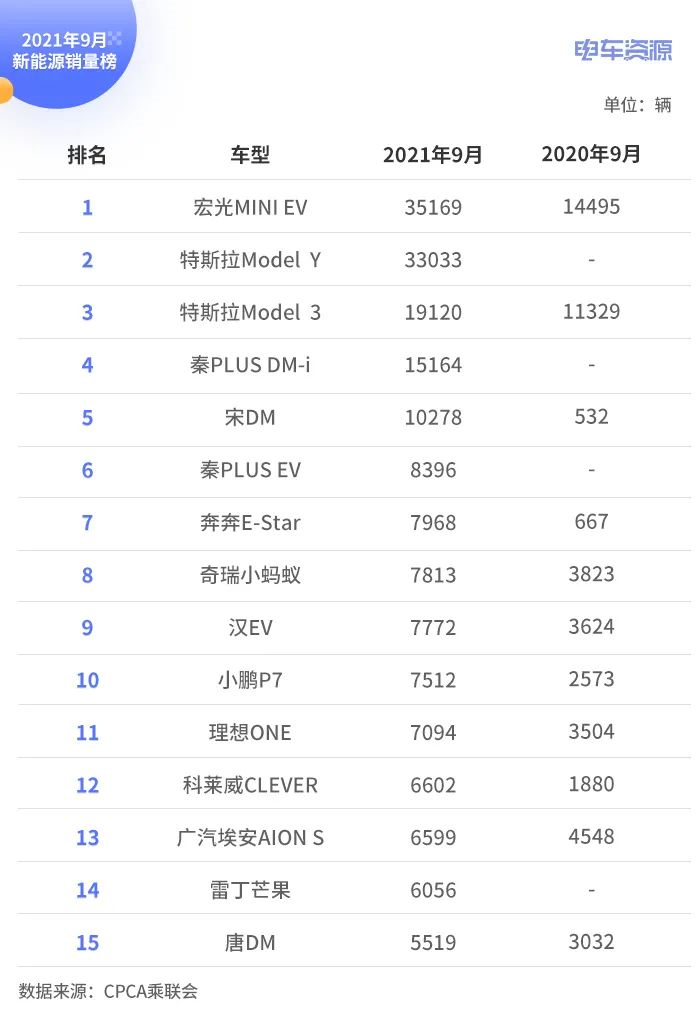
In addition, let’s take a look at some retail sales data:
-
Retail sales of new energy passenger vehicles reached 334,000 units in September, a YoY increase of 202.1% and MoM growth of 33.2%.
-
From January to September, retail sales of new energy vehicles were 1.818 million units, a YoY increase of 203.1%.
-
Of these, sales of pure electric vehicles were 276,000 units, a YoY increase of 211.5% and accounting for 83%; sales of plug-in hybrids were 57,000 units, a YoY increase of 163.9% and accounting for 17%.
The significant difference in trend between new energy vehicles and traditional fuel vehicles has led to a substitution effect on the market, driving the transition of the automobile market towards new energy vehicles. So, what are some of the outstanding models in terms of sales performance this month?
Model Y Sales Spike, Close to Hongguang MINIEV
From our memory, the two Tesla models have always been superior to other models except for the Hongguang MINIEV. However, after experiencing various controversies surrounding consumer rights and chip shortages this year, Tesla’s performance in the sales rankings has not been as impressive.
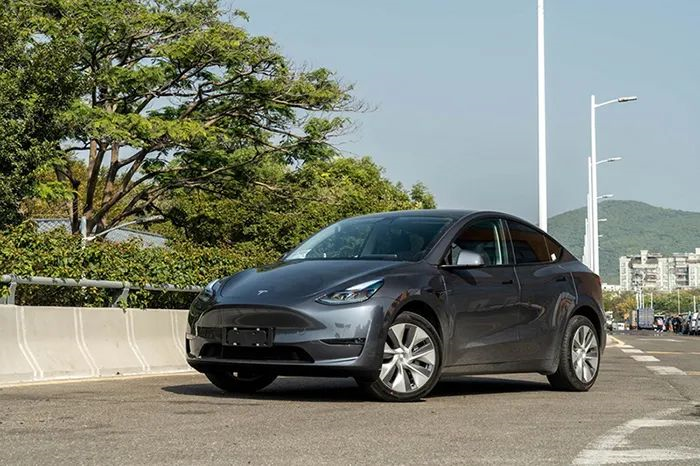 Last month, due to the majority of Tesla vehicles being exported, Model Y sold only 11,576 units in China, even less than Qin PLUS DM-i, and Model 3 failed to make it into the top 15. However, this month, Model Y had a big breakthrough, selling 33,033 units, approaching the top-selling model, Wuling Hong Guang MINI EV, with a difference of only 2,136 units. Moreover, Model 3 also returned to the top three with sales of 19,120 units, but slightly inferior compared to Model Y as an SUV model.
Last month, due to the majority of Tesla vehicles being exported, Model Y sold only 11,576 units in China, even less than Qin PLUS DM-i, and Model 3 failed to make it into the top 15. However, this month, Model Y had a big breakthrough, selling 33,033 units, approaching the top-selling model, Wuling Hong Guang MINI EV, with a difference of only 2,136 units. Moreover, Model 3 also returned to the top three with sales of 19,120 units, but slightly inferior compared to Model Y as an SUV model.
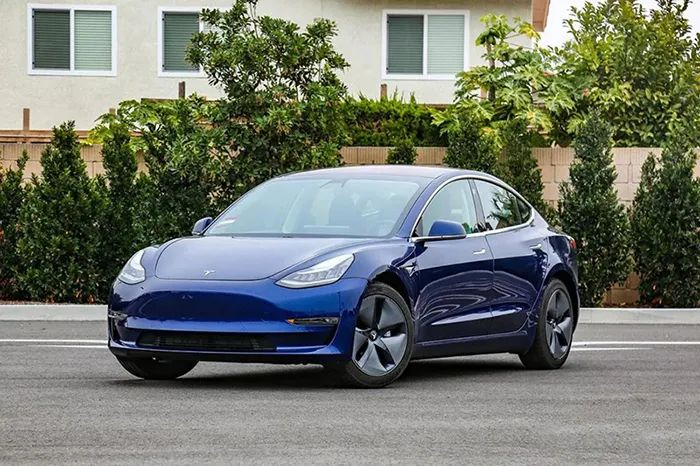
It is noteworthy that this month’s breakthrough in Model Y, coupled with Model 3’s “assistance”, Tesla’s cumulative sales have reached 52,153 units, exceeding the cumulative sales of the five BYD models on the list.

Although Tesla’s sales have been fluctuating this year, it still has great potential, and its prices have been reduced as manufacturing costs have decreased, making it a very strong opponent for most traditional and new automakers. Many brands use Tesla as a benchmark for comparison with their own products, but surpassing Tesla is not an overnight task and requires more technological accumulation.
BYD’s strong growth, hybrid models are more popular
Product diversification seems to be BYD’s advantage, and its sales performance in September was very strong, with all models showing good growth. Still, with five models on the list, BYD covered the top four, fifth and sixth places. In addition, from this month’s data, it seems that BYD’s hybrid models are more popular.

First, let’s take a look at the hybrid models. Qin PLUS DM-i, Song DM, and Tang DM all have good growth trends, with sales of Qin PLUS DM-i reaching 15,164 units, selling 2,590 units more than last month, closely following Model 3. It is worth mentioning that the cumulative sales of BYD’s Qin PLUS DM-i have reached 58,241 units this year, ranking fifth in the cumulative sales rankings for January to September, only 238 units behind the fourth-positioned Han EV, and it is estimated to surpass Han EV soon.
And the Song DM has made significant progress. This month, the sales volume of the Song DM model reached 10,278 units, a YoY increase of 1,832.0%, and an increase of 4,082 units compared with last month. In addition, the Tang DM model sold 5,519 units this month, an increase of nearly 600 units.

Let’s take a look at the two pure electric models on the list – the Qin PLUS EV and the Han EV. This month, the Qin PLUS EV ranked sixth in the sales list with a sales volume of 8,396 units, showing significant breakthrough. In addition, the Han EV sold 7,772 units, which is also a considerable improvement compared to before. Both of these pure electric models have increased by more than 1,000 units.
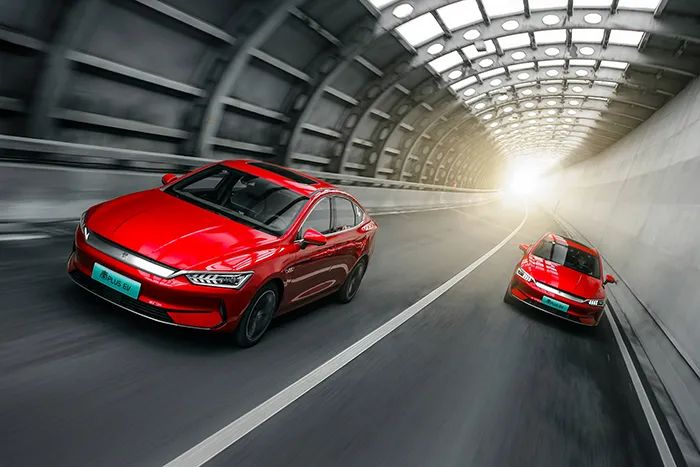
From the sales data, the momentum of BYD’s hybrid models is much stronger than that of the pure electric models. It is not difficult to see that with the reliable super hybrid technology, BYD has gained the trust and recognition of most consumers. In addition, with the unresolved issue of pure electric vehicle range anxiety, more consumers prefer to choose hybrid models.
The Progress of Emerging Forces That Cannot Be Seen
Although new energy vehicles only account for a small part of the entire automotive market, emerging forces cannot be ignored just because they are small. For a long time, the Ideal ONE and the XPeng P7 have maintained their positions on this list. Although their monthly sales volumes are not the most eye-catching, their long-term stability is a hard-core demonstration of their product strength.

From January to September this year, the Ideal ONE sold a total of 55,270 units, the XPeng P7 sold 39,227 units, and the NIO ES6 sold 32,161 units. Their names are on the cumulative sales list this year.
 Newly established car manufacturers are still considered to be “new” in terms of brand recognition and trust, and to some extent they are somewhat inferior to traditional car enterprises. But the birth order of the brand is not a measure of the quality of the product. New car manufacturers still need to accumulate slowly, and they face not only competition from traditional brands, but also strong competition among new forces.
Newly established car manufacturers are still considered to be “new” in terms of brand recognition and trust, and to some extent they are somewhat inferior to traditional car enterprises. But the birth order of the brand is not a measure of the quality of the product. New car manufacturers still need to accumulate slowly, and they face not only competition from traditional brands, but also strong competition among new forces.
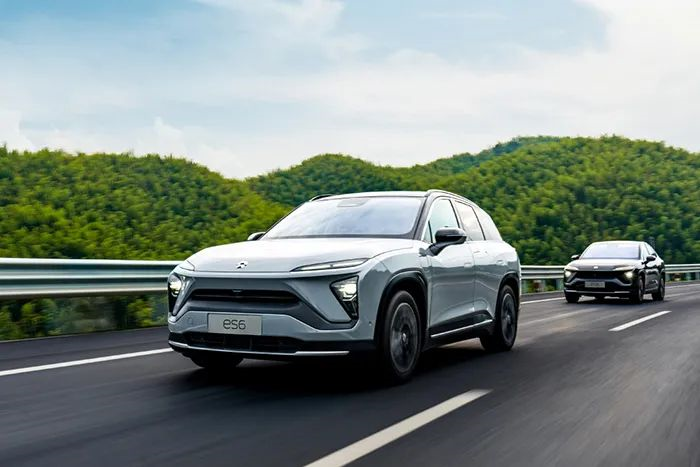
In addition, the new energy vehicle models of the new forces experienced good growth in September, with both NIO and Xpeng breaking the 10,000-unit mark, setting new milestones. If you want to learn about the sales situation of new energy vehicles, you can click to read “September new energy vehicle sales: NIO and Xpeng both break 10,000 units for the first time, WM returns to the list, and Li Auto sees a sharp decline“.
Microcars remain popular, and newcomer Redding Mango makes the list
We saw a new face on this month’s sales chart, the Redding Mango, which was only launched this year. This is also a pure electric microcar, and perhaps many friends have not heard of this car, but it cannot be denied that it made the list and sold more than Tang DM.
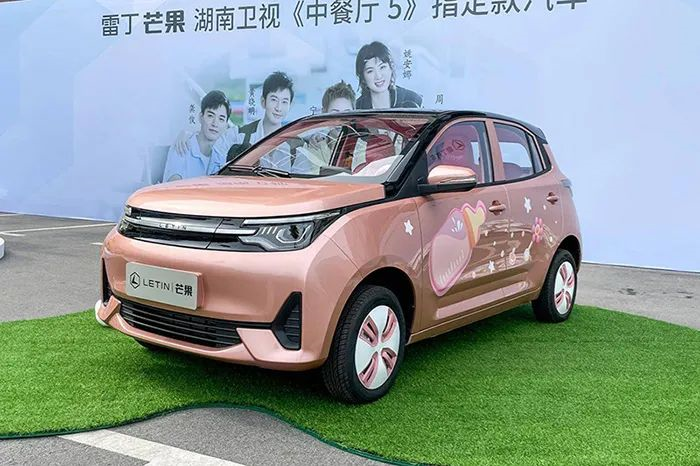
Redding Mango sold 6056 units this month, and its ability to make the list is closely related to the unusually hot microcar market. Looking at the overall situation, the sales of microcars continue to grow. In September, five microcars dominated the list, and the Redding Mango replaced the Ora Black Cat, while the remaining models on the list maintained their growth.
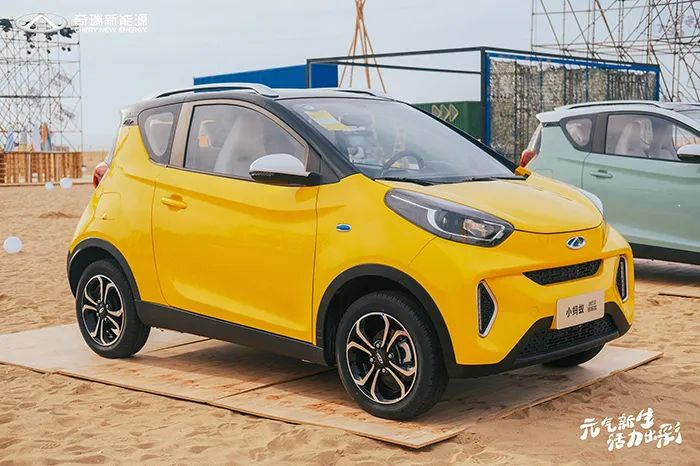
Among them, the Baojun E-Star sold 7968 units this month, a year-on-year increase of 1094%, an increase of 610 units from the previous month; Chery Little Ant made a strong push, with sales reaching 7813 units, an increase of 1838 units; In addition, Kawei increased by 1286 units and sold 6602 units this month.
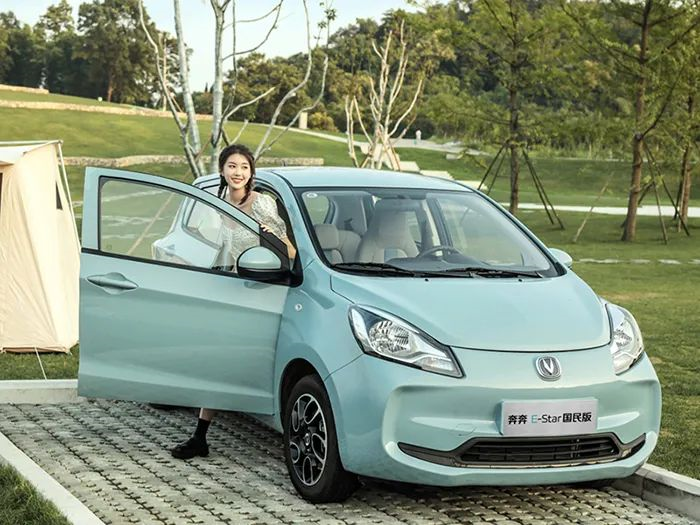
From the sales of microcars in September, the Baojun E-Star, Chery Little Ant, Kawei, and Hongguang MINIEV are all long-term stable names on the list. With the unprecedented growth of microcar sales, more new cars will enter the new energy market in the future, perhaps accounting for a considerable proportion.
The micro-car market is constantly expanding, with new models and facelifts emerging one after another. The recent Batch 349 application directory of the Ministry of Industry and Information Technology includes new micro-cars such as Dongfeng Fengguang MINIEV, Lingbao OO, and Hongguang MINIEV GameBoy special edition. Apart from the micro-cars that were already on sale, the new cars that emerged after the market started to heat up have strong purpose – to grab a share of the pie from Hongguang MINIEV.
Conclusion
In the sales rankings of September, it is obvious that the overall sales of new energy vehicles have grown strongly, and the data in the rankings presents clear market features. Just like the sudden outbreak of the Model Y, it has made Hongguang MINIEV full of the “crisis” of being overtaken; BYD’s penetration into the market has achieved good sales results; the rise of micro-cars has also brought more opportunities to the entire new energy industry.
The first three quarters of the year of the outbreak of new energy have passed, and various car companies have not slacked off and have achieved good results. So what kind of performance will the fourth quarter have, it’s worth looking forward to.
This article is a translation by ChatGPT of a Chinese report from 42HOW. If you have any questions about it, please email bd@42how.com.
